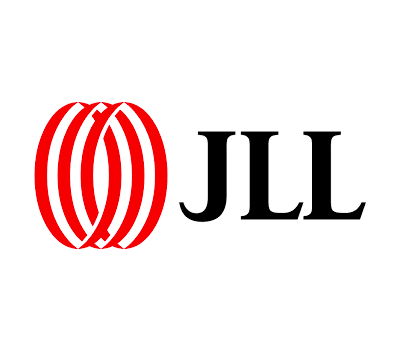
For most property and facility managers and commercial real estate firms, linking landscape strategy to tangible value is an enduring exercise in understanding landscape’s role as a key business driver.
Typical landscape budget conversations can often get stuck in the weeds—endless negotiations about resource allocation and not enough time spent on resource conservation. By radically changing the way we look at landscapes as a key performance indicator, we can instantly shift the conversation to how do we spend money to save money and increase the value of our asset portfolio.
Perfect landscape budgets are never achievable but shrewder landscape budgeting is. We see several scenarios that can unlock greater agility in your decision making. And it starts by building flexibility into the process.
Here’s how:
- Remember that landscapes are living things. Factor in contingency resources to support seasonal uncertainties, and plant and soil lifecycles.
- Your landscape budget should link your investment to your highest priorities, such as green upgrades, water conservation, aesthetics, or safety improvements to align with your strategic initiatives, such as LEED, WELL or green goals.
- Consider the cost of real-time variables, such as crisis response and weather events, or whether you’re reimagining your business for a new normal, and how your landscape can revitalize your post-pandemic business.
- Focus on using your landscape as a metric to support your company’s sustainability commitment, facilitate top-line growth, drive competitive advantage, and increase property value.
- Replace fixed budgeting with value-based budgeting to address both unforeseen opportunities and challenges, and find ways to scale costs in real time.
- Make sure to consider what ifs, plan ahead and resolve potential hazards before they become actual hazards, and improve ways to protect the safety of your tenants and employees.
- Consider the value of intangibles: the quality of your landscape contractor’s personal service and communication, the attention to detail, and the value that comes with working with people you trust..
- Don’t overlook the big picture. How will your landscape and outdoor areas serve your goals for your building’s tenant needs? Increase productivity and morale, or increase occupancy and reduce turnover?
- Invest in innovations in green technology to address priorities in rainwater harvesting, and irrigation and water management to lower monthly utility bills, conserve water, and decrease waste. Thirsty lawns and underperforming turf areas can be transformed to an amenity space or replanted with drought-tolerant, eco-friendly ground cover.
- Be sure to include the little things that have big impacts: containers and seasonal display plantings, entrances, focal points, exits, pathways and common areas that get the most foot traffic and create the curb appeal that drives your market value.
DeSantis Landscapes understands that building a clear case for landscape performance isn’t always easy. That’s why we recommend aligning your landscape budget with your property improvement priorities. This approach is not only a smarter way to scale your investment for the short-term, but as a better way to keep pace with the nature of change.
Let’s keep the conversation going.
Go to www.desantislandscapes.com to learn more.
































